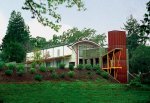Napa Valley Weather
Napa Valley weather is similar to the Mediterranean, making it ideal for people as well as the grapes.
Average Temperatures in Napa Valley
Although Napa Valley claims a year-round average temperature of 70° F, you can expect seasonal fluctuations as well as dramatic swings throughout the day.
Daytime highs can range from the 50s in January to the 90s in July. Even when it's hot and dry during the daytime, it may be cool and humid in the evening. Most of the year, it's a good idea to pack both cool- and warm-weather clothes and to dress in layers.
Napa Valley Weather - Spring
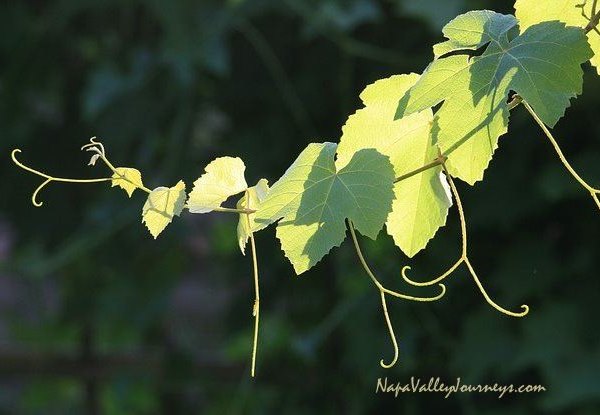 Grapevines are awakened by the warm spring sunshine.
Grapevines are awakened by the warm spring sunshine.Visiting Napa Valley in springtime has definite advantages. It's plenty warm for a picnic, plus you'll arrive before the busiest tourist seasons -- summer and autumn.
Don't let that cool morning fog fool you -- even in early spring, the mercury can soar by noon. Dress in layers so you'll be comfortable all day.
Napa Valley Weather - Summer
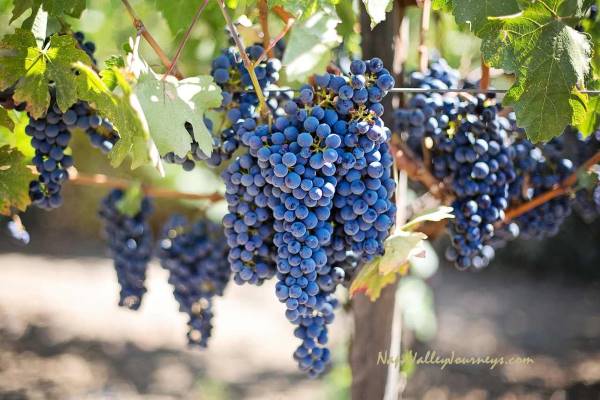 Napa Valley's mild climate is ideal for growing grapes -- and alluring visitors.
Napa Valley's mild climate is ideal for growing grapes -- and alluring visitors.In summer, expect daytime highs to climb to 80° - 90° F, then cool off to around 50° F at night. Bring warm- and cool-weather clothes and dress in layers. Even if you visit in July, you'll be glad you grabbed a jacket if you're going out in the evening...or, if you reserved an early-morning tee time.
Napa Valley Weather - Autumn
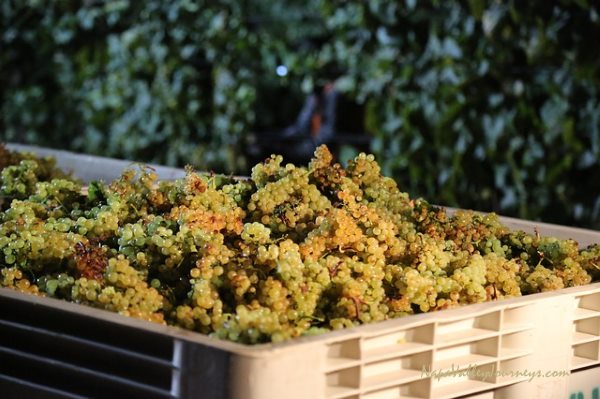 Chardonnay grapes are harvested at night to preserve the best flavor.
Chardonnay grapes are harvested at night to preserve the best flavor.While rich, vibrant colors sweep the landscape in September and October, tourism hits its peak. Who can resist Napa Valley in all its splendor?
"The Crush" is in full swing. Wineries are crushing newly harvested grapes and the whole valley is bustling with activity. Mild sunny days, harvest festivals, and grape stomps beckon visitors every year in autumn.
Napa Valley Weather - Winter
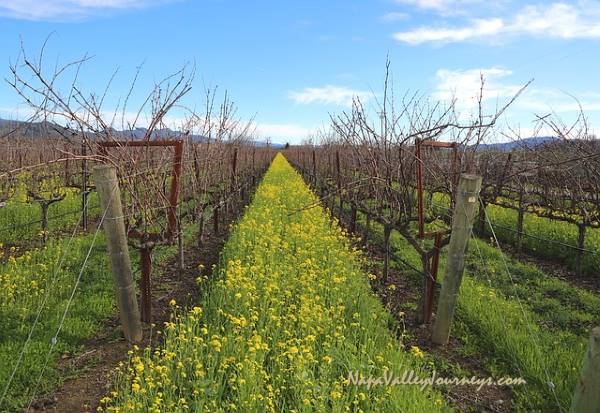 Mustard flowers fill the vineyards in winter, lending the popular name "mustard season."
Mustard flowers fill the vineyards in winter, lending the popular name "mustard season."Winter in Napa Valley is cool, with temps sometimes dropping to the 30s at night. Rainy season begins in late December, lingering through March. It's a good idea to toss an umbrella in the car.
If you don't mind the chilly weather, there is a trade off -- you'll find the best hotel rates, less traffic and fewer crowds this time of year.

